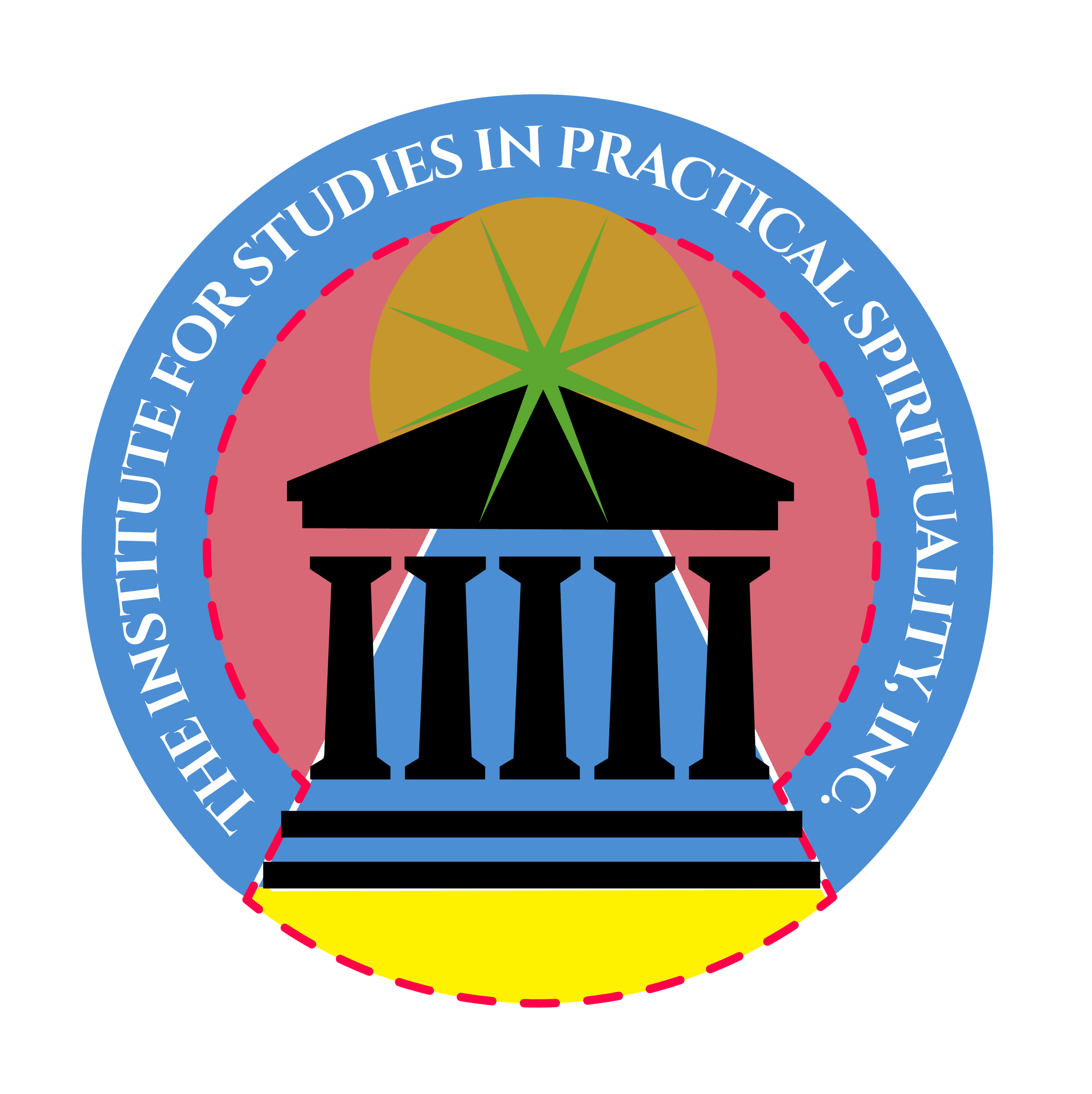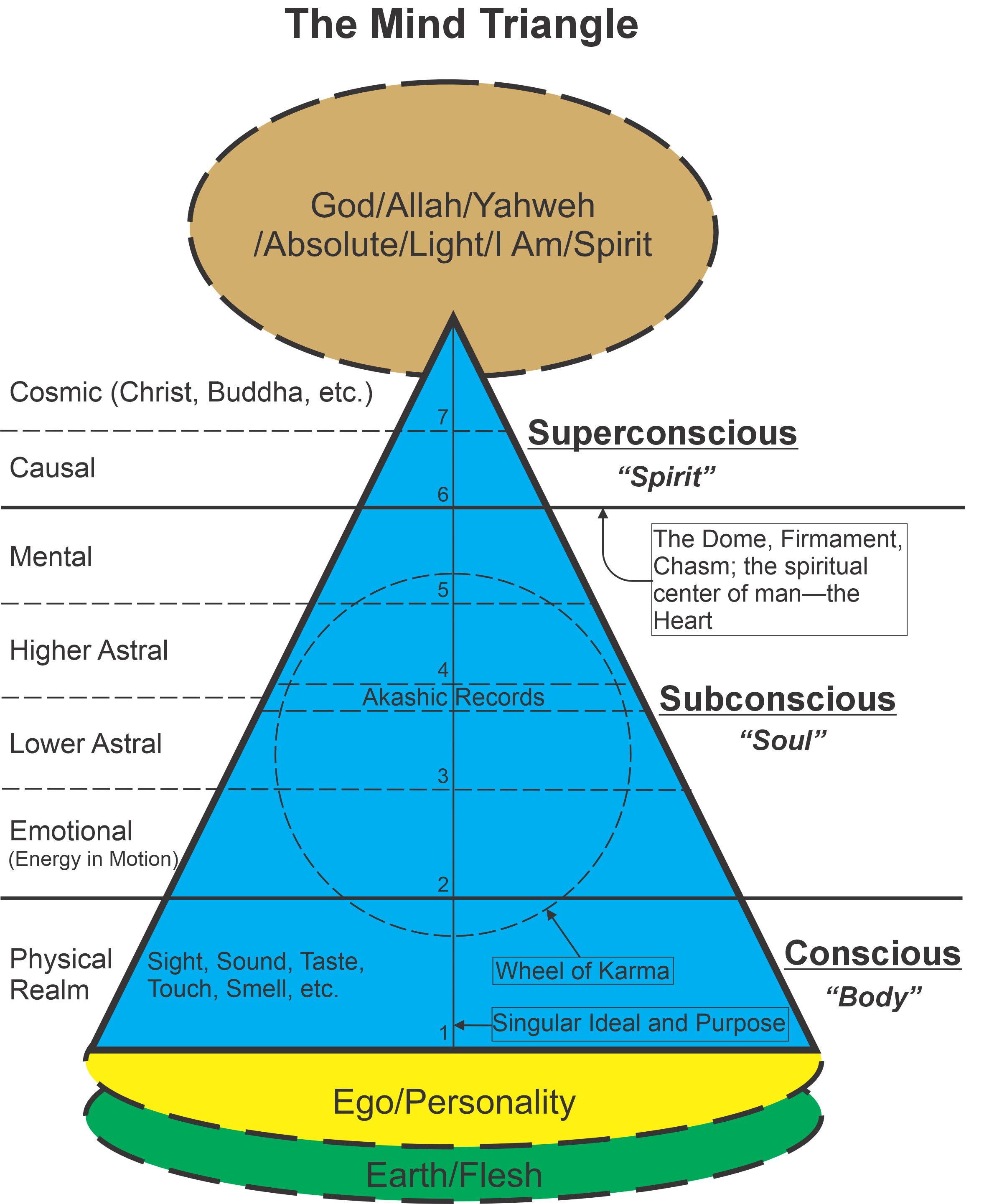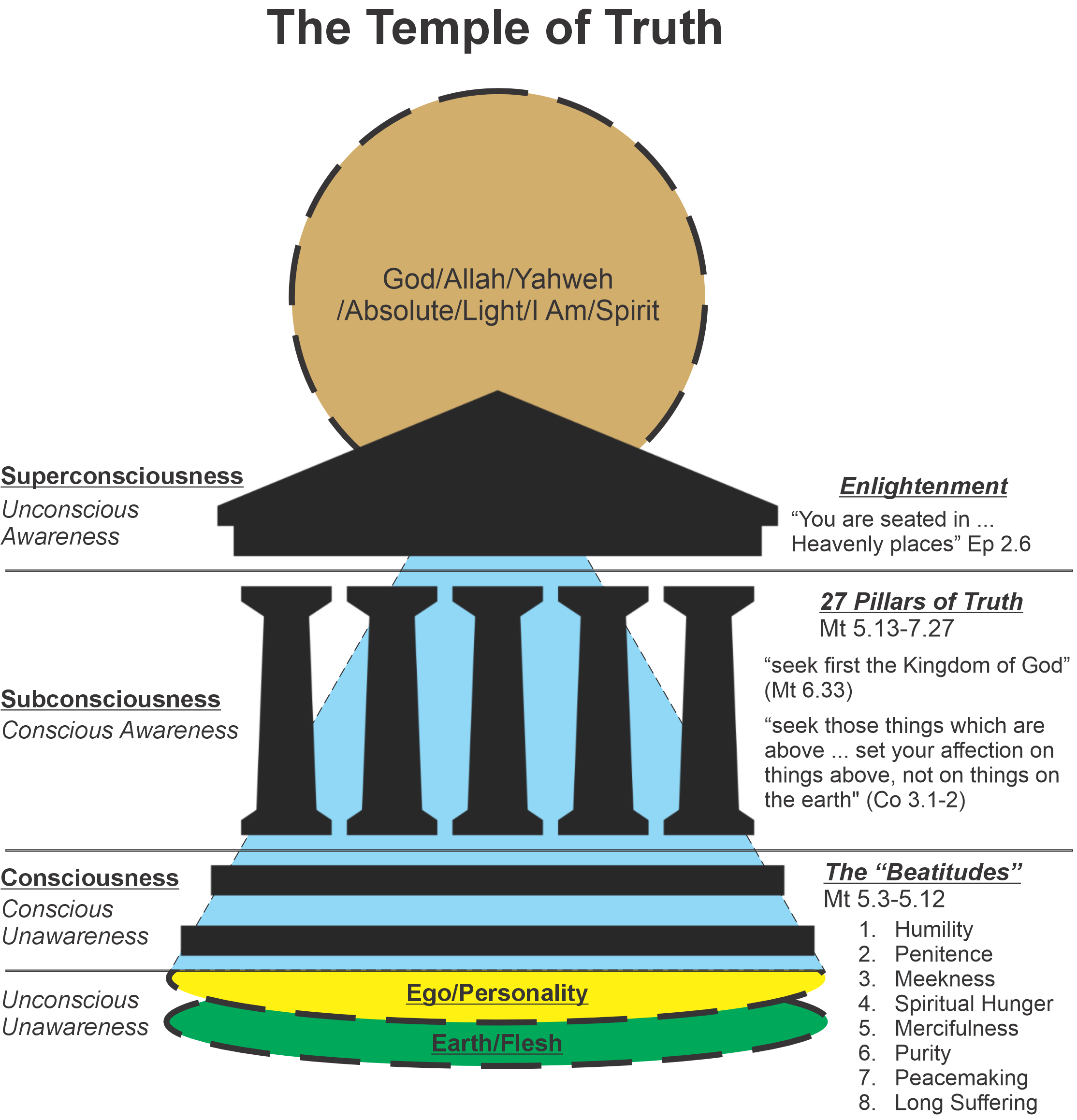The Institute for Studies in Practical Spirituality, Inc.
The purpose of the Institute for Studies in Practical Spirituality, Inc. is to foster humankind’s peaceful evolution and spiritual unfoldment.
The mission of the Institute for Studies in Practical Spirituality, Inc. is to provide systematic learning opportunities—in the New Thought tradition—that inspire, deepen, and strengthen both intuitive knowledge and spiritual understanding in pragmatic, demonstrable ways.
The vision of The Institute for Studies in Practical Spirituality, Inc. is to be a preeminent forum for the exchange of ideas relative to humankind’s advancement through the study of universal life principles.
About Our Logo
Our logo symbolizes several elements of spiritual evolution and unfoldment. Each symbol and color has a significant meaning. At a minimum, the logo is a graphic representation of who we, the Institute, are. At a conceptual level, it’s a pictorial rendering of the complexities of Mind, consciousness, evolution, and spiritual unfoldment. The gold globe represents Light. The green, eight–sided star (octagon) signifies resurrection and new beginnings.
The blue triangle corresponds to the three phases of mind: superconscious, subconscious, and conscious. The pink field denotes Love. The yellow field below the temple is the ego. The black Temple exemplifies power and authority and, for our purposes, spiritual growth. The blue arc, where the organism’s name is placed, represents the intersection of sky and sea. Each deserves further consideration.
The gold globe embodies light, which is the essence of God. This essence is also known—among other things—as the Christian “Christ” (God Incarnate, Anointed One, Messiah), the Hebrew “Jehovah” (Eternal One, Unchangeable One, One Who was, and is, and is to come), Allah, Infinite, Absolute, Mind, Being, and “Divinity” in other faith communities. This power of Light draws all things unto itself by Love. Even though we may not be consciously aware of it, we are drawn continuously to this Light. When we become more consciously aware of its brightness, it brings to us all the benefits of being enlightened.
The green octagon symbolizes new beginnings or resurrection. This distinction is important because it’s in the domain of “new creations” (2 Co 5.17), which occurs at the highest levels of consciousness. It is the integration of God as Mind and the mind of humankind. This is where the so–called “Christ” consciousness resides. It is the only place where reconciliation can happen and represents the “few that have chosen” (Mt 24.14). This is Maslow’s highest level of development: self–actualization.
The yellow globe represents light, which is the essence of God. This essence is also known as the Christian “Christ” (God Incarnate, Anointed One, Messiah), the Hebrew “Jehovah” (Eternal One, Unchangeable One, One Who was, and is, and is to come), Allah, and “Divinity” in other faith communities. This power of light draws all things unto itself by love, and even though we may not be consciously aware of it, we are drawn continuously to this light. When we become more consciously aware of this essence—its brightness—it brings to us all the benefits of being enlightened.
In Christianity, the green, eight-sided star (octagram), which is superimposed upon the gold globe (God), represents rebirth or resurrection, illumination, and spiritual enlightenment. It also represents Spirit. In Buddhism, the Noble Eightfold Path—right livelihood, right action, right effort, right intention, right concentration, right mindfulness, right speech, the right view—is depicted as a wheel with eight spokes and is known as the Dharma Chakra. It embodies self-knowledge and knowledge of the truth.
The blue triangle depicts the mind and is transected into three parts. The top of the triangle represents the superconscious phase of mind, where the cosmic and the causal aspects reside. This is the area where the mind of man intersects with the mind of God—the heart. Here we find the “still small voice” of Spirit that guides us into perfect peace. It is the “Mind of Christ” as advocated by Paul the Apostle (Phil 2.5).
Below the superconscious is the subconscious where resides, from top to bottom, the mental, higher astral, lower astral, and emotional (energy in motion) states of mind. All our memories and thoughts dwell here—the “seat of the soul.” It is the portion of our consciousness that brings forth or gives birth to ideas in the physical realm. It is the feeling nature, the intuition.
The bottom of the triangle represents the conscious phase of mind, the physical realm. Herein dwells such qualities as will, concentration, attention, and the five physical senses: sight, hearing, touch, smell, and taste. This portion of mind interacts directly with physical phenomena. Below the conscious phase of mind lies the ego/personality (yellow field below the temple) and below it Earth and the flesh.
The pink field denotes Love—the power that holds all things in the Universe together. This love is more than just a feeling or emotion; it is the energy force behind faith—faith works by love (Ga 5.6). Around the field of Love and the ego/personality is a dashed red line. It connotates life and its permeability. It implies that life does not exist in a vacuum but is intricately connected with the Universe and its denizens.
Not depicted, on the logo, is the Wheel of Karma, which coexists in the planes of the subconscious and conscious states of mind. Within this circle, and between the higher and lower astral levels, is the Akashic Records, or the record of the soul’s travels and experiences. Everything we have thought, said, and done is stored here. Most of us unconsciously operate in the conscious phase of mind. As we mature, we begin to move into the higher states of consciousness.
We chose Jesuah’s (the master teacher and Wayshōwer) Sermon on the Mount (Mt 5–7) as the foreground of our logo. It depicts power, authority, and spiritual unfoldment in the context of learning experiences. It also symbolizes what we call the “Temple of Truth” whose eight steps depict the blessed states of humankind—the beatitudes that cultivate and lead to our evolving spirituality. They include humility, penitence, meekness, spiritual hunger, mercifulness, purity, peacefulness, and long–suffering. These steps lead to the sanctuary whose roof (enlightenment) is upheld by twenty–seven pillars, each representing a life principle from Jeshua’s sermon.
The structure also symbolizes our ministry: The Institute. We can’t help but think of Plato—whose philosophy of idealism formed a basis for New Thought—who provided a model of academia and learning that survives to this day. This is no better illustrated than by the majestic temples, institutions, and other shrines built by the ancient Greeks and Romans. So, our logo’s Temple mimics that which would have existed in the great periods of ancient Greco–Roman literary and educational history. We aspire to be such an institution!
Surrounding the above elements is a blue field, in which the name of the Institute is placed. This is a very important representation of both the sea and the sky and the point at which they intersect. Proverbially speaking, the sky starts where the sea ends. Because they are connected, a flow is implied such that water evaporates and feeds the heavens and the heavens, in turn, shower down rain upon the sea. It illustrates the ebb and flow of ideas in the infinite plane of God as Mind. From this plane, humankind may glean “new” ideas about life, and thus our moniker: New Thought!
While each attribute is presented individually, they are nonetheless interspersed between and among each other—light, ideas, renewal, mind, love, and the temple. They make up a whole, where the whole is greater than the sum of its parts (from Systems Theory). They coexist in unity as embodied in the Latin word universus—combined into one.
So, this is an interpretation of what our logo symbolizes. It is not meant to be an exhaustive discussion of the abovementioned concepts. Since we are a learning community, more detailed lessons will be provided in the future, dealing with each construct separately. Stay tuned!




